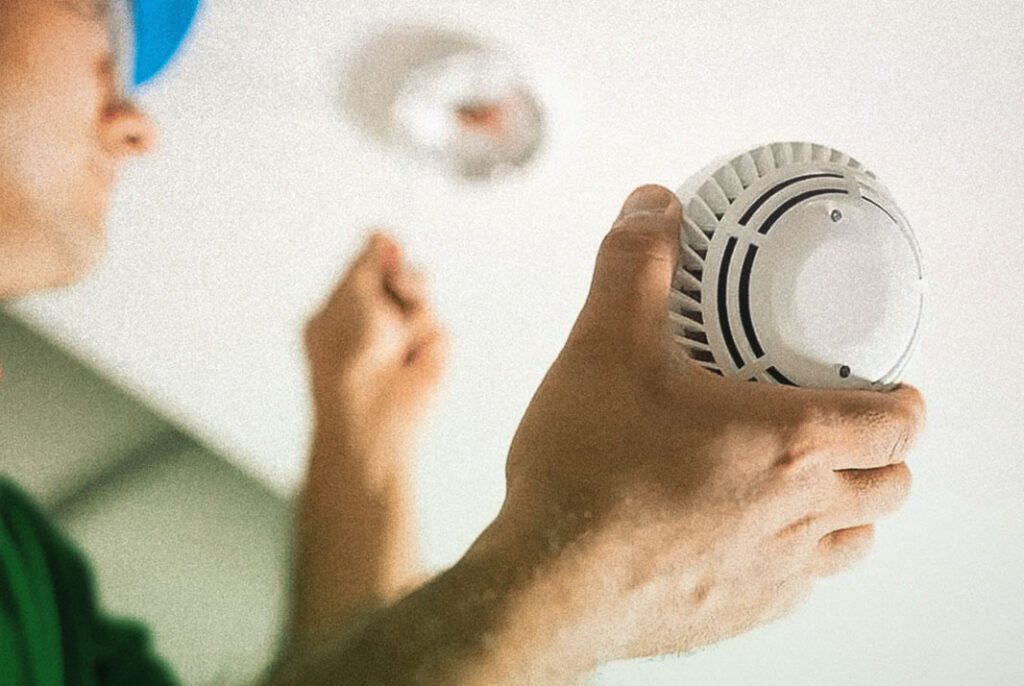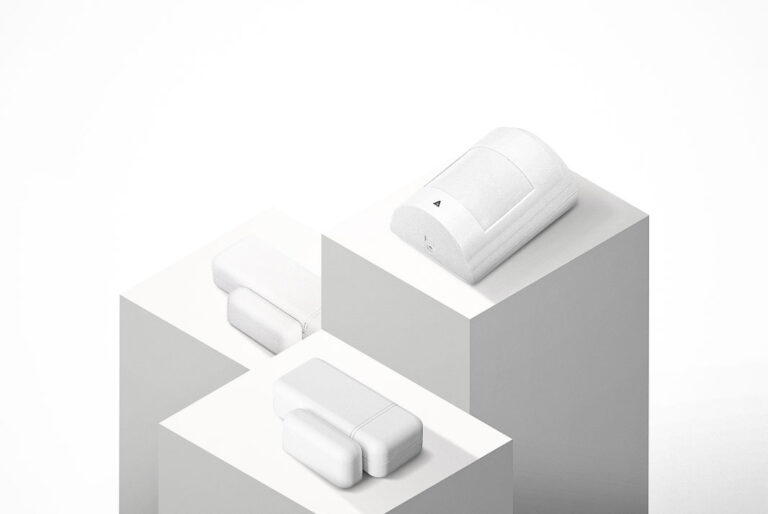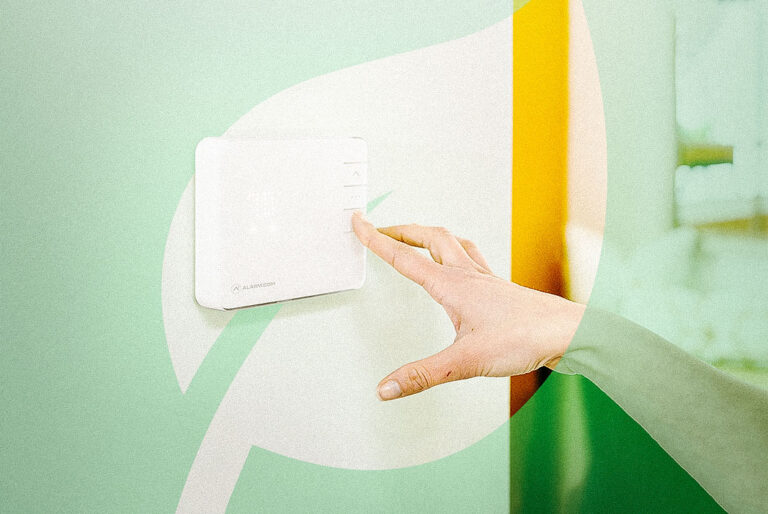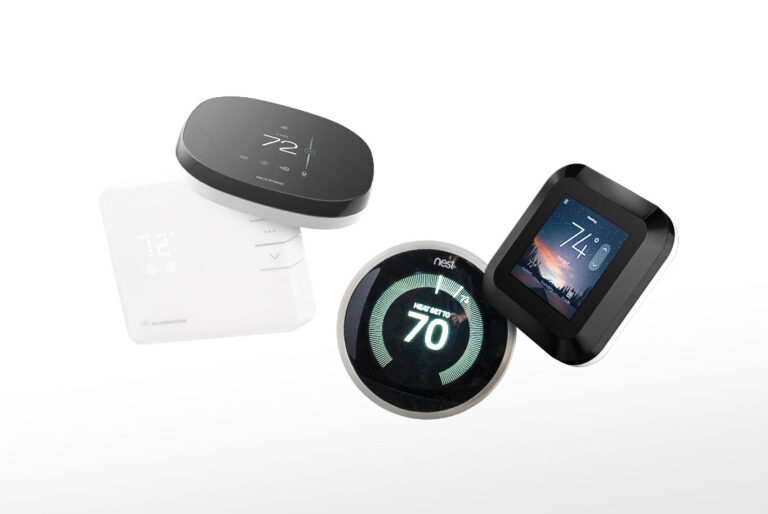Silent, invisible, and potentially deadly—carbon monoxide (CO) is a danger that no home should ignore. Often called “the silent killer,” carbon monoxide is an odorless, colorless gas that can accumulate in your home without warning. Incorporating carbon monoxide detectors into your home alarm security system is not just a precaution; it’s a life-saving necessity. This guide will explore why every home needs a carbon monoxide detector, how these devices work, and the best practices to ensure your household stays safe.
Table of Contents
ToggleWhat Is Carbon Monoxide and Why Is It Dangerous?
Carbon monoxide is a byproduct of burning fuel. Appliances like gas stoves, furnaces, fireplaces, and water heaters are common sources. When these devices malfunction or are improperly ventilated, carbon monoxide can build up in enclosed spaces.
The health risks of carbon monoxide exposure include:
- Headaches and dizziness
- Nausea and confusion
- Loss of consciousness
- Death in severe cases
What makes carbon monoxide so dangerous is its stealth—it is undetectable without specialized equipment. This is why carbon monoxide detectors are crucial for safeguarding your home.
How Do Carbon Monoxide Detectors Work?
Carbon monoxide detectors are designed to sense the presence of CO in the air. These devices trigger an alarm when CO levels become unsafe, giving you time to evacuate and address the problem.
There are several types of carbon monoxide detectors available:
- Electrochemical Detectors: Use chemical reactions to detect CO levels.
- Biomimetic Detectors: Use a gel that changes color in the presence of CO.
- Metal Oxide Detectors: Detect CO by measuring electrical resistance changes.
Modern detectors often integrate with home alarm security systems, providing a centralized way to monitor and respond to threats.
Why Every Home Needs Carbon Monoxide Detectors
- Carbon Monoxide Has No Warning Signs
Unlike smoke from a fire, carbon monoxide is odorless and invisible. Without a detector, there’s no way to know if it’s present in your home. - Protect Vulnerable Household Members
Young children, the elderly, and pets are more susceptible to carbon monoxide poisoning. A detector ensures everyone in your home stays safe. - Complement Your Home Alarm Security System
Adding carbon monoxide detectors to your home alarm security setup enhances overall protection. Many systems allow for integrated monitoring and notifications, giving you peace of mind. - Legal Requirements and Insurance Benefits
In many regions, installing carbon monoxide detectors is mandated by law. Additionally, having these devices may lower your home insurance premiums.
Best Practices for Using Carbon Monoxide Detectors
- Placement Matters: Install detectors near sleeping areas and on every level of your home. Place them at least five feet above the floor for optimal sensitivity.
- Regular Maintenance: Test your detectors monthly, replace batteries annually, and replace the entire unit every 5-10 years.
- Integrate with Smart Home Systems: Smart carbon monoxide detectors can send alerts to your phone, ensuring you’re notified even when you’re not home.
- Combine with Smoke Alarms: Look for dual-function devices that detect both smoke and carbon monoxide to maximize safety.
Choosing the Right Carbon Monoxide Detector for Your Home
When shopping for a carbon monoxide detector, consider the following:
- Power Source: Choose between battery-operated, plug-in, or hardwired models.
- Additional Features: Look for detectors with digital displays, voice alerts, and integration with home alarm security systems.
- Certification: Ensure the detector meets UL (Underwriters Laboratories) standards for safety.
Signs Your Carbon Monoxide Detector Is Working
To ensure your detector is functioning correctly:
- Listen for the test alarm when pressing the “test” button.
- Check for error codes or flashing lights.
- Replace batteries promptly when the low-battery warning sounds.
Conclusion
Installing carbon monoxide detectors is a simple yet effective step in enhancing your home alarm security system. These devices provide an essential layer of protection against the silent threat of carbon monoxide, keeping your family safe and giving you peace of mind. With proper placement, regular maintenance, and integration into a comprehensive home safety plan, carbon monoxide detectors can be a life-saving investment.




